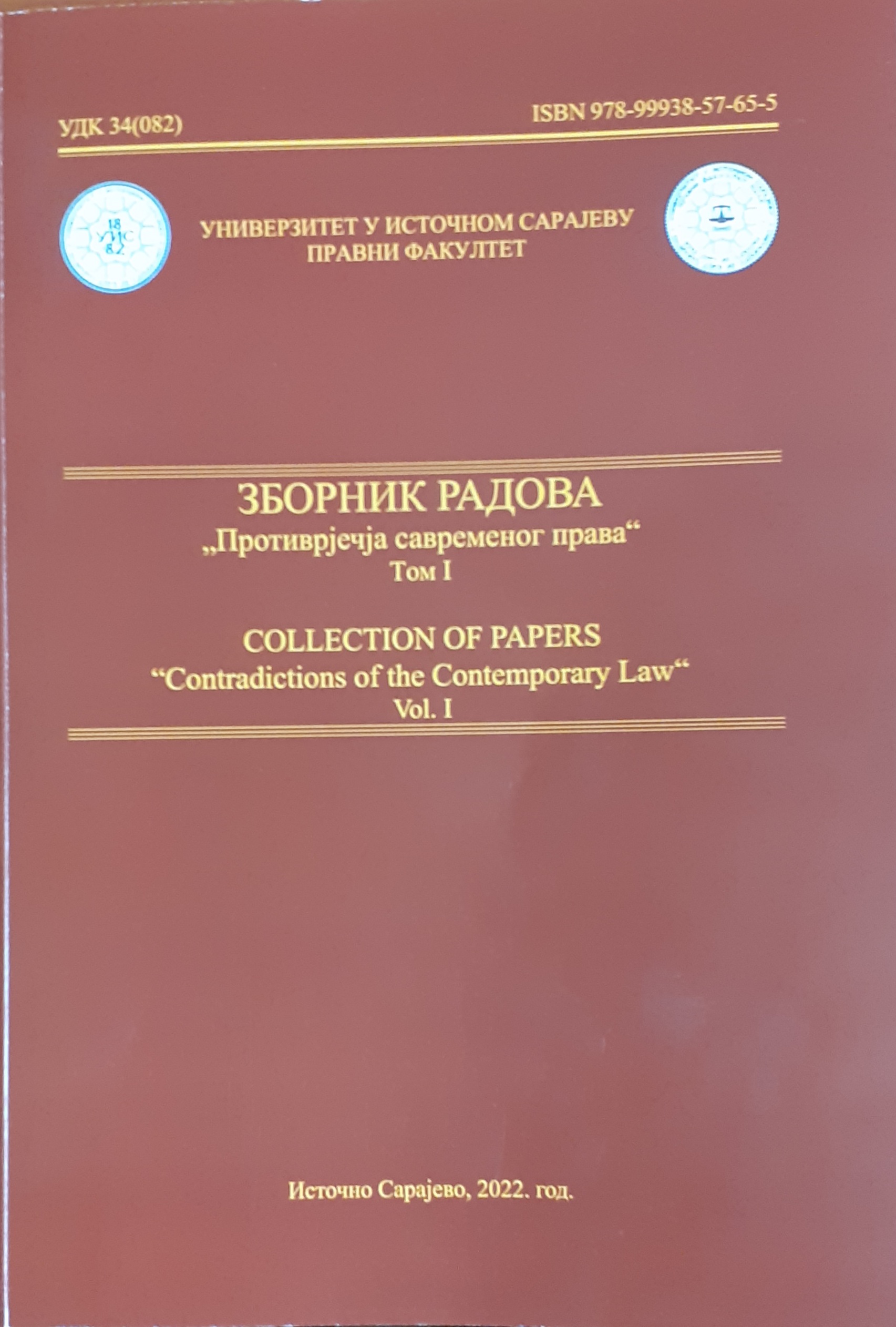Originalism, Textualism and Living Law in the Case Law of the Constitutional Court of Romania
Originalism, Textualism and Living Law in the Case Law of the Constitutional Court of Romania
Author(s): Benke Károly
Subject(s): Constitutional Law, Court case
Published by: Правни факултет Универзитета у Источном Сарајеву
Keywords: Constitution; Methods of interpretation; Originalism; Textualism; Living law; Constitutional Court; Constitutional review of laws; Legal dispute of constitutional nature;
Summary/Abstract: The legal norm is a rule of conduct, established by or recognized by the public power, the application of which is ensured by the legal conscience and, if it necessary, by the coercive force of that power, usually by the state. It is presumed to be in line with the Constitution,having attached a so-called presumption of constitutionality. The constitutional courts assess the constitutionality of the legal norms in relation to a standard of reference, namely the Constitution, the fundamental act of the state. The result of this review consists in upholding or reversing the presumption of constitutionality of the legal norm.The Constitution is not meant to be an abstract instrument, but every constitutional concept has to be defined, structured and applied in the national framework. In order to guarantee the supremacy of the Constitution, any constitutional court has the uppermost task to determine the meaning of the constitutional norms and to establish its relation with the international agreements ratified by the state. In this endeavoring mission, the methods of interpretation of the Constitution play an essential role in constitutional adjudication. These methods can either valorize the original or actual meaning of the constitutional norm, or take into account a set of political, economic, social or cultural developments. The option for a certain method of interpretation or for a mix between two or more such methods determine a chain reaction in the legal life of the state. Such an option is a question of legal culture and cannot be assessed as an inconsistency of the constitutional court.In its position of official interpreter of the Constitution, the constitutional court has a wide margin of discretion in choosing a method or another. Its choice is not random and depends on various elements that have to be identified to the utmost extent. If there are no serious reasons, a court cannot give up to a certain method of interpretation of a specific constitutional concept, because the interpretative method to which it adheres can affect either the presumption of constitutionality of the norm under review or the result of a legal dispute of constitutional nature, in other words the legal certainty.Therefore, the aim of this paper is to debate and analyze the case law of the Constitutional Court of Romania in the light of the interpretative methods in use. As a conclusion, it emphasizes that all the aforementioned methods of interpretation can be found in the court’s decisions and that in leading cases the living law method is frequently used in interpreting the Constitution of Romania.
Book: Зборник радова "Противрјечја савременог права" Том I
- Page Range: 463-478
- Page Count: 16
- Publication Year: 2022
- Language: English
- Content File-PDF

